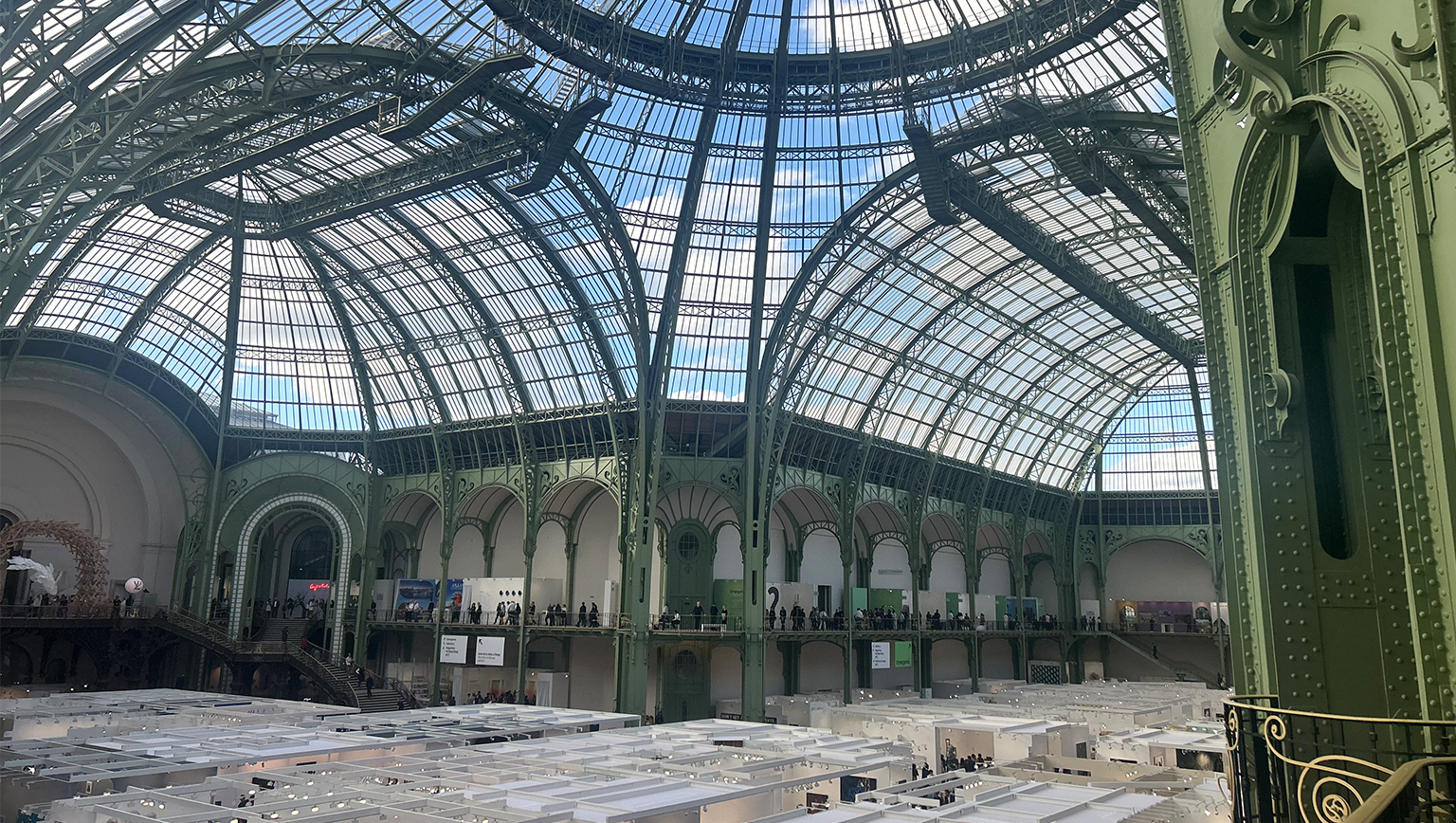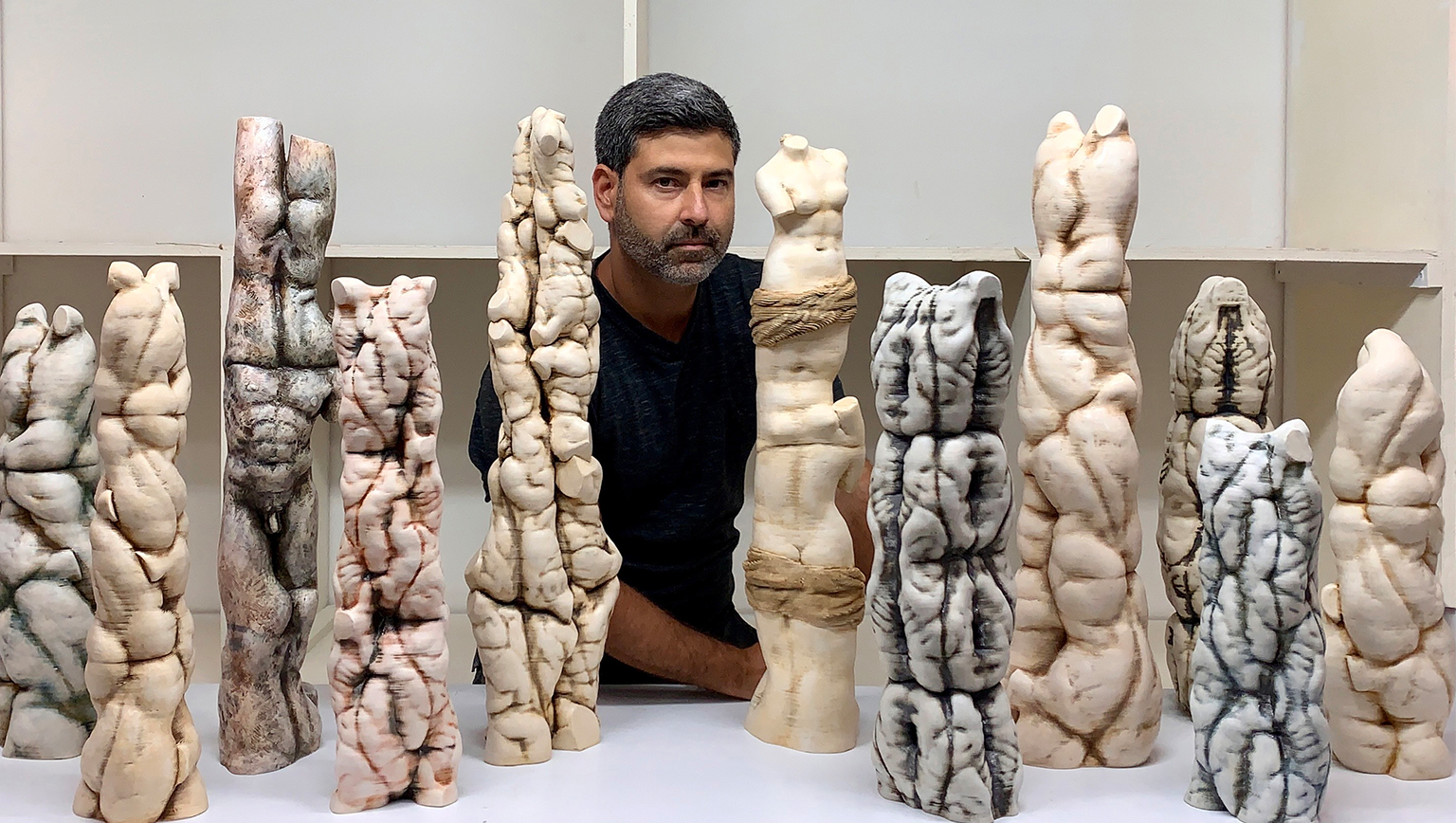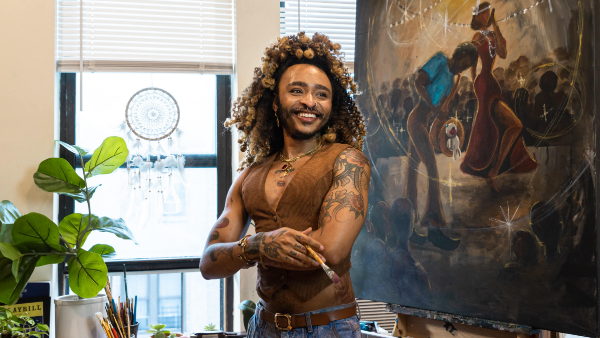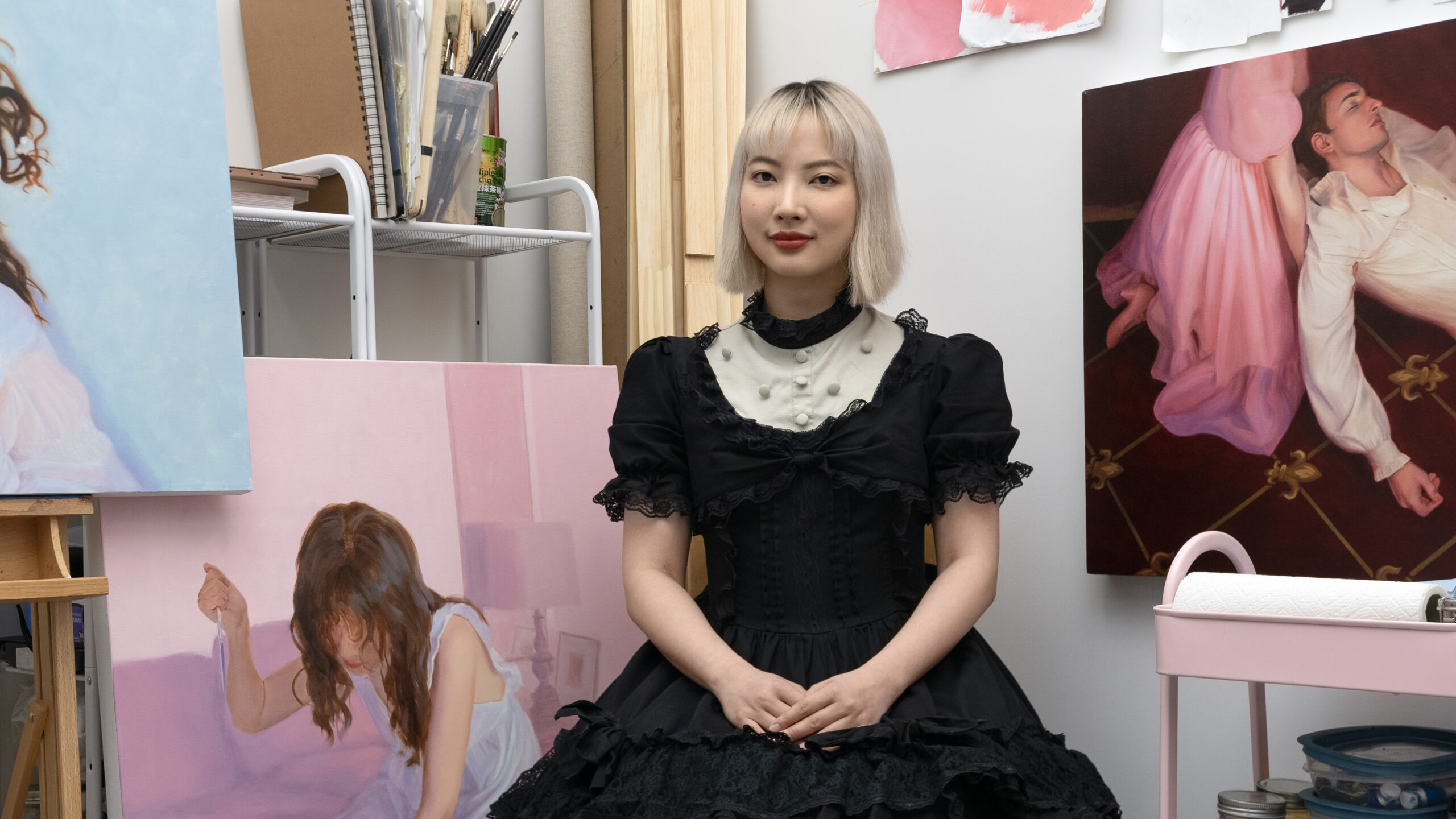
Africa's Art Market: Emancipation, Innovation, and Global Impact
- African Art
- Lara Sleiman
- October 26, 2024
- 5 min read
Introduction to the African Art Market
In recent decades, the African art market has gained increasing visibility and recognition in the global art scene. African artists are regularly featured in major biennials and fairs, and institutions around the world are focusing on African and diaspora art, reflecting a shift in global attention. From exhibitions at the Venice Biennale—this year presenting 14 African Pavilions—to prestigious fairs like Art Basel, contemporary African art has also found its place in museums and galleries worldwide. Over the past decades, specific African art fairs such as the 1-54 Contemporary African Art Fair have emerged, expanding to three locations (London, Marrakech, and New York), alongside fairs like AKAA (Also Known As Africa) in Paris, which recently concluded its 9th edition.
While global art markets face contractions, the African art market has demonstrated remarkable resilience. According to recent reports, the market has been growing by up to 13% annually, largely driven by global demand and a renewed interest in contemporary African artists. The African art market, now emerging as a powerhouse, continues to challenge traditional narratives, although it still faces issues like infrastructure challenges, representation, and historical undervaluation. To maintain this momentum, navigating these obstacles carefully will be crucial, especially as global economic fluctuations impact markets worldwide.
The African Art Market Standing Out Amidst the Art Market Slowdown
From observations made at 1-54 London and AKAA Paris, it’s evident that even during a slow market, these fairs showcased creative and original pieces. However, many galleries admit the post-COVID market is difficult. Some, who have been exhibiting since the fairs' inception, claim that the past few years have been the toughest. The future outlook varies—some galleries believe the market has already peaked, while others, despite slowdowns, observe overall global growth in African art.
Financial projections support this lattest optimism. Art Basel and UBS's 2024 market report anticipates a 5% to 7% market growth by 2025, with African art poised to benefit from this broader recovery 1, 2. Moreover, experts project that the global value of art will exceed $2.8 trillion by 2026, further embedding art as an integral part of wealth management strategies for younger generations of collectors 3.
Artistic Themes at 1-54 and AKAA Paris
A noticeable trend at both 1-54 and AKAA Paris is the increasing use of fabric and textiles in contemporary African art. Following a broader global trend, African artists have embraced this medium and made it their own, using fabric to reflect cultural identity, personal history, and socio-political narratives. For example, Tibeb Sirak Miheretu and Reggie Khumalo, whose work was highly acclaimed at 1-54 New York, London, and AKAA Paris, both incorporate fabric in unique ways to evoke heritage and movement. Similarly, Kingsley Ayogu explores themes of grief and memory by working with unconventional materials like sponges and fishnets.
In addition to the shift in mediums, the themes represented in African art are evolving. Traditionally powerful narratives about freedom, revolution, and post-colonialism continue to be central, but this year, more personal themes emerged. Issues like grief and the place of queer identities within African communities gained prominence. AKAA
Paris made history by showcasing the first-ever queer African art exhibition, titled QUEER BLACK & LOVED, curated by The Norm Queer Agency 4. This exhibition highlighted LGBTQ+ voices from Africa, offering a platform for queer artists to share their unique stories and emphasizing the growing inclusivity within the African art scene.
Post-Colonialism and the Emancipation of African Art
Africa’s emancipation from its historical ties to Europe in the art world reflects a broader post-colonial movement to reclaim African narratives, cultures, and histories. For centuries, African art was interpreted through a European lens, often reduced to ethnographic objects rather than celebrated as fine art. Today, African artists, curators, and galleries are taking back control over how their work is represented and sold.
Historically, European institutions dictated the terms of African art’s reception, with African pieces often treated as artifacts rather than part of contemporary artistic discourse. Now, post-colonial frameworks challenge these narratives, positioning African art as dynamic and independent. This shift is evident as African artists are gaining autonomy in how they present their work, both within the continent and internationally.
What’s notable is how local African art institutions—such as the African Art Galleries
Association (AAGA)—are contributing to this global independence. Founded in 2016, AAGA supports African galleries by promoting sustainable growth and providing resources to flourish independently. These initiatives help build strong local ecosystems, which, in turn, are reshaping the global perception of African art. Local fairs like Art X Lagos and the Cape Town Art Fair play a critical role by showcasing African talent to international collectors, curators, and institutions, making Africa an active contributor rather than a passive participant in the global art market.
Moreover, these institutions are fostering direct relationships between African galleries and global buyers, reducing dependency on European gatekeepers. For instance, galleries like Gallery 1957 in Ghana and digital platforms such as AFIKARIS have expanded their reach beyond the continent, showing at international fairs and offering online sales that cater to global audiences. This shift has allowed African artists to bypass traditional, often Eurocentric, structures, while maintaining control over their narratives and the commercial value of their work.
Events like the Dakar Biennale and other regionally significant exhibitions provide a platform not only for recognition but also for local-to-global collaborations, pushing African artists to the forefront of contemporary art globally. Artists like Alioune Diagne, representing Senegal at the Venice Biennale, and Ibrahim Mahama, a major figure in contemporary African art, gained their international recognition through such platforms. This interconnectedness between local African initiatives and global market forces underscores the transformative power of African art as it moves toward an era of self-representation, visibility, and increasing financial independence.
A Rising Force in the Global Art Market
While challenges remain, the African art market is not showing signs of slowing down. Instead, we are witnessing a dynamic diversification and a shift away from Eurocentric validation. African artists and galleries are increasingly building independent networks, relying on local collectors and global digital platforms to sustain growth. Artists like Ibrahim Mahama, with the founding of the Savannah Centre for Contemporary Art, exemplify this movement toward self-representation and autonomy. Meanwhile, galleries such as Gallery 1957 and digital platforms like AFIKARIS are creating pathways for African artists to bypass traditional gatekeepers, signaling a new era of artistic freedom.
With projected growth rates of 5% to 7% by 2025, the resilience of the African art market is evident, even in the face of global economic challenges. As artists and galleries continue to take control of their narratives and build independent infrastructures, the African art market is not only emerging but solidifying its place as a formidable force in the global art world, poised for sustained success in the years to come.
1 Bank of America Private Bank: Art market update fall 2024: Opportunity knocks?
2 The Art Bystander: Investing in 3 Art: Insights for 2024 and Beyond
3 Art Basel and UBS’s Report “The Art Market 2024”
4 https://akaafair.com/en/

Woven Paintings and Human Migration: Clement Denis Exhibition at Chelsea's Nicolas Auvray Gallery
Abigail MacFadden • October 24, 2024 •
4min read

Textile, Texture, and Transformation: Innovative Voices in Contemporary Art
Abigail MacFadden • October 22, 2024 •
5min read

Art Basel Paris Guide: Can’t Miss Booths and a new James Turrell!
Abigail MacFadden • October 17, 2024 •
5min read

Lara Sleiman: Curator on the Rise in the Art World
Abigail MacFadden • October 15, 2024 •
4min read

Julia Wheatley’s ‘It Left an Ugly Mark’: Music-Inspired Gem Paintings Sparkle at Soho’s Fana Jewelry Exhibition
Abigail MacFadden • October 9, 2024 •
4min read

Sculpting Stubborn: Carlos Enrique Prado Breaks the Mold
Chiara Padejka • October 8, 2024 •
6min read

Affordable Art Fair Review: A smashing success
Abigail MacFadden • October 1, 2024 •
4min read

“Memory Vessels”
Tessa Almond • September 30, 2024 •
4min read

Erlendur Fashion Week: Hot Fashion in Iceland
Abigail MacFadden • September 25, 2024 •
3min read

Clouds of Thought: Marie-Chloe Duval's Artistic Evolution in New York City
Abigail MacFadden • September 19, 2024 •
4min read

Sun-Soaked Fusion: Anderson's 'My Africa' Reimagines Diaspora for NYFW 2025
Saha Bernier • September 17, 2024 •
3min read

Avant Garde for the Environment
Tessa Almond • September 13, 2024 •
4min read

Pumping Iron in Couture: Raul Penaranda's 'Unexpected' NYFW Spectacle Turns Gym into Glam
Abigail MacFadden • September 11, 2024 •
3min read

September New York Art Week Can’t Miss Fairs!
Abigail MacFadden • September 4, 2024 •
4min read

Animating the Abstract: Marine Buffard's Whimsical Rise in Digital Art
Abigail MacFadden • August 21, 2024 •
4min read

Vibrant Vulnerability: Jeena Raghavan’s Colorful Journey Through Art
Abigail MacFadden • August 13, 2024 •
3min read

A Cultural Gold Medal: Picasso Museum Shines During Paris 2024 Olympics
Abigail MacFadden • August 9, 2024 •
4min read

Beyond the Podium: The Cultural Tapestry of France’s Olympic Spectacle
Abigail MacFadden • July 31, 2024 •
4min read

Paris Reimagined: Ugo Gattoni's Olympic Odyssey
Abigail MacFadden • July 25, 2024 •
4min read

Fashion Meets Function: Designers Redefine National Pride for Paris 2024 Olympics
Abigail MacFadden • July 17, 2024 •
2min read

The Hamptons Fine Art Fair: A Cultural Cornerstone of the East End
Abigail MacFadden • July 11, 2024 •
3min read

Maxine Hoover: Stargirl is on a Meteoric Rise in New York Art World
Abigail MacFadden • June 25, 2024 •
3min read

Flaco Waters: Celebrated Artist Creates Incredible Series for 100th Anniversary of Harlem Renaissance
Abigail MacFadden • June 11, 2024 •
4min read

Unbelievable Shows not to be missed in the New York Art Scene this Week!
Abigail MacFadden • June 6, 2024 •
4 min read

Junyi Liu: Painter, Performance Artist on the Rise in New York City
Abigail MacFadden • June 5, 2024 •
10 min read

The Surreal World of Dali and the 100th Anniversary of the Surrealism Movement
Abigail MacFadden• May 31, 2024 •
6 min read

Art Show Roundup: Memorial Day Weekend and Summer Exhibitions in NYC
Demi Dubois-Moreau • May 23, 2024 •
6 min read


